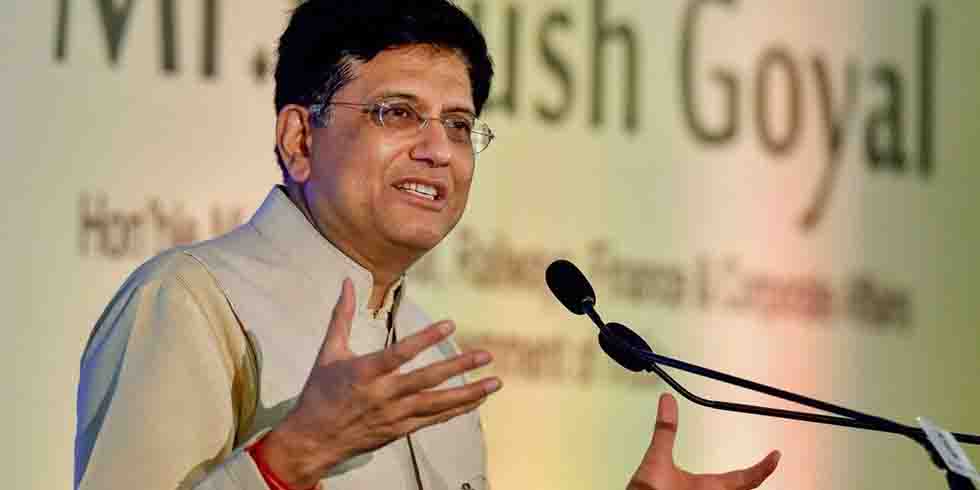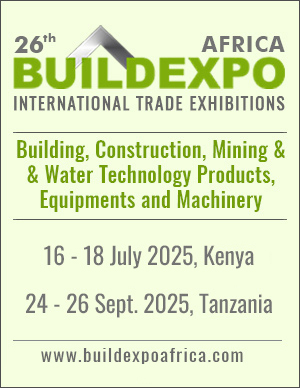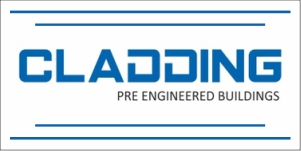Indian market might overtake the United States as the second-largest market by 2030, according to a Swedish construction equipment company.
The Indian construction equipment market is expanding quickly, but it is also facing its fair share of challenges, particularly in light of the rising cost of raw materials.
'Availability of material and the commodity price cycle went very-very high, particularly steel, which is a very big component in the construction equipment industry, has definitely impacted the industry's cost levels dramatically,' says Dimitrov Krishnan, MD of Volvo Construction Equipment India and President of the Indian Construction Equipment Manufacturers Association (ICEMA), the top body representing the construction equipment industry.
Currently, the Bangalore, India, factory for Volvo Construction Equipment has a yearly production capacity of about 3,500 units. The firm regularly produces between 2,000 and 2,500 units, leaving them with adequate headroom to fulfil rising market demand.
According to Krishnan, the business does not now need to make significant expenditures to enhance output. However, having access to raw materials and engaging with suppliers to improve the supply chain is more important.
The company manufactures excavators, compactors, and other items of road equipment in India, which accounts for around 60 to 70 percent of its annual sales. It also exports some of its products to markets in Southeast Asia, Africa, the Middle East, and Latin America in addition to its immediate neighbours like Nepal, Bhutan, Bangladesh, and Sri Lanka. According to Krishnan, India exports between 15 and 20 percent of the Volvo CE's output.
"We want to produce more of our SDLG-branded wheel-loaders, which we now import from China, and expand our product line specifically out of India in the upcoming years. The localization, which has been our key subject, will be further enhanced by our intention to produce them in India. According to Krishnan, we will promote localization of products far more than we have in the past.
Additionally, we want India to be viewed as a different manufacturing location from China and to serve in some capacity as an export hub for neighbouring nations. Any industry that has a China Plus One approach that we can use has been in this.
India is quickly developing and solidifying its position as a worldwide organization's centre of excellence and R&D hub for all sectors.
India likely has the largest R&D base outside of Sweden for Volvo Group. Volvo's R&D team concentrates on Indian-made goods, particularly road equipment, even for the construction equipment sector.
Our research and development team creates new products from scratch. They regularly begin with a blank piece of paper and work their way up to a fully developed machine, and this is true even for things that are exported from India, according to Krishnan.
He said that hydraulic excavators, a new area of attention, will be the subject of more research and development. We will be conducting development work in India, which is a significant step toward the creation of ever-more items appropriate for the Indian market. Then there are teams who work on research and development projects for the rest of the globe, such as developing and testing embedded software. As some of the items being worked on are essentially global products that aren't even offered in India, Krishnan explains that we are now serving the worldwide other R&D teams through this team.










Add Comment